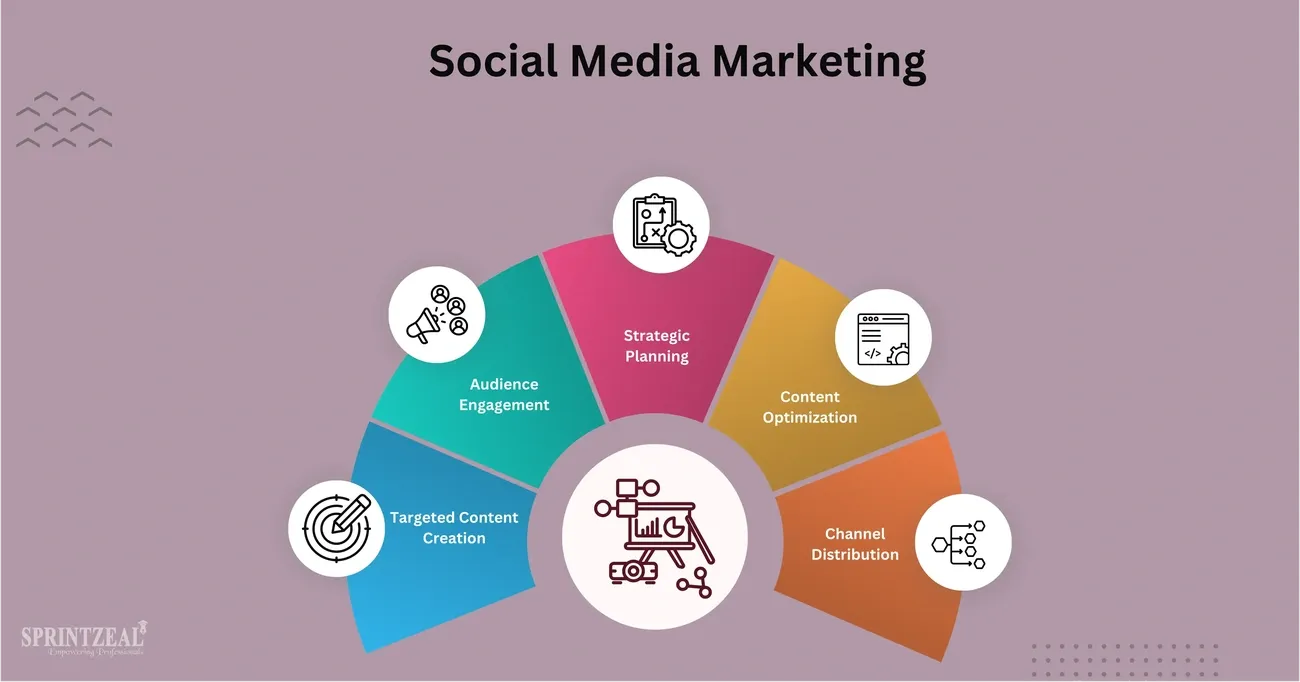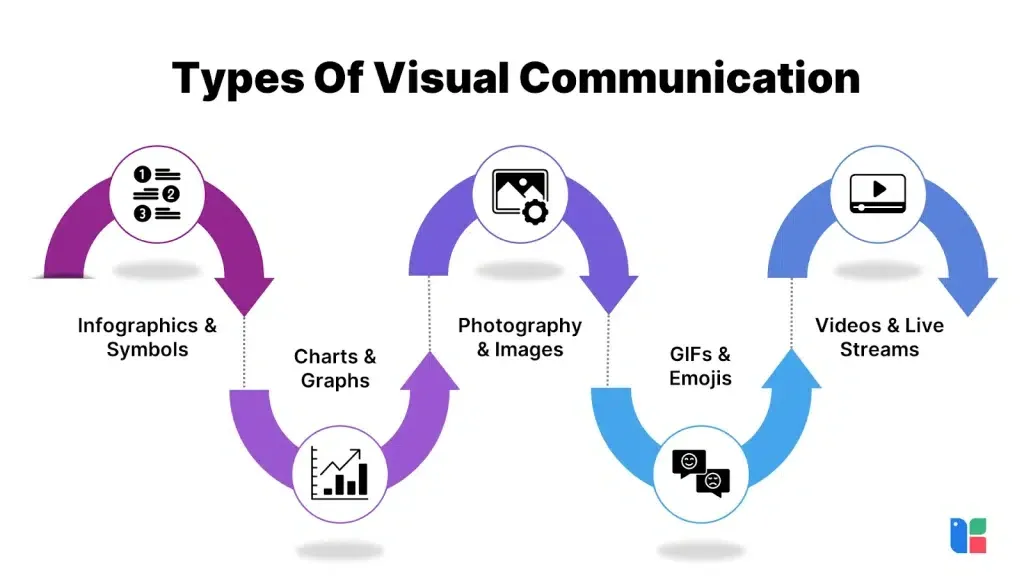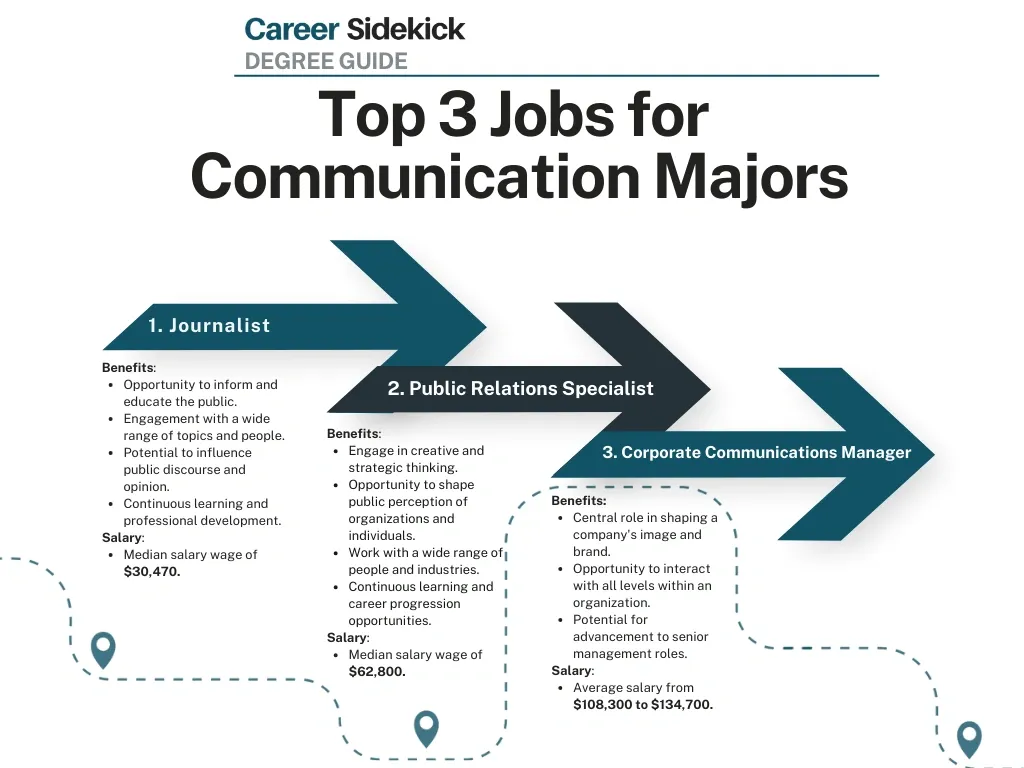How to Break Into Media Communications: A Beginner’s Success Guide
Did you know that media communications professionals earn a median annual salary of $70,300, and top specialists can make over $100,000?
The Bureau of Labor Statistics reports that digital designers earn a median salary of $92,750. Their job growth looks promising and should exceed average rates over the next decade. Mass communication provides broad theoretical knowledge, while media communications gives you the practical skills needed in today’s digital world. Jobs in digital media blend technology, art, design, and online publishing. This creates an exciting field with many career paths to choose from.
The industry rewards professionals of all roles with impressive salaries. Brand managers take home $102,127 yearly, public relations specialists earn around $62,800, and UX designers make an impressive $122,700 on average. Communication and media studies graduates typically start in entry-level positions. They can advance to management roles within five to seven years, where top executives earn between $124,500-202,500.
You’ll find the exact skills needed, education paths to follow, and ways to start your career in this ever-changing industry. Ready to start your journey in media communications? Let’s begin!
Understanding Media Communications

Image Source: Sprintzeal.com
Media communications covers all the channels and methods people use to share information. It’s the way we exchange ideas and connect with audiences. Unlike simple one-on-one conversations, media communications employs technology platforms to reach bigger audiences.
What is media communications?
Media communications is about creating, sharing, and analyzing messages through different platforms. These range from TV, radio, and print to today’s digital channels like websites, social media, and streaming services. Here’s what media communications aims to do:
- Connect people no matter where they are
- Share information with large audiences
- Help people exchange ideas and promote new thinking
- Create content that shapes public opinion
The field blends technical platform knowledge with strategic communication methods that make messages work. Today’s communication media lets large groups talk to each other, which is different from the old one-way broadcasting model.
How it is different from mass communication
Mass communication is about creating and sharing messages with large audiences at once. Media communications, on the other hand, focuses on the channels, platforms, and tech used to deliver these messages.
Mass communication provides the theory behind information flow to big audiences. Media communications deals with the practical use of communication tools and strategies. Mass communication happens in five steps: professionals create messages, mechanical media spreads them quickly, diverse audiences receive them, people interpret the messages, and this leads to changes in the audience.
Why it’s a growing field
The digital world has changed how we talk to each other. Social media usage jumped from 5% in 2005 to 79% in 2019, and people spend 2.5 hours on these platforms each day. Businesses and organizations need skilled media professionals more than ever.
The media and communications sector offers great career options with about 104,800 job openings expected yearly, even though overall growth might be slower than average. More good news – media communications professionals earn around $70,300 per year, which is a lot more than the national median of $49,500.
The United States exports more communications and media goods and services than it imports. This creates opportunities in journalism, advertising, content creation, and digital media of all types.
Let’s take a closer look at communication studies in our complete guides on mass media theory, digital storytelling, and media production.
Skills You Need to Succeed

Image Source: Kapable
Media communications professionals need several significant skill sets to succeed. These abilities will help you rise above the competition in this fast-paced industry.
Writing and storytelling
Writing is the life-blood of powerful communication. Most employers – about 75% – look for candidates who have strong writing skills. Your ability to write clearly and concisely lets you create compelling content for everything from press releases to social media posts.
Storytelling has become valuable beyond simple writing. People remember stories 22 times better than plain facts and figures. You can improve your storytelling by:
- Adding personal examples and real characters
- Including vivid details that stir emotion
- Creating specific moments that sharpen focus
Visual and digital design basics
Media designers should blend technical, artistic, and communication skills. A solid grasp of color theory, typography, and composition helps create eye-catching designs for digital marketing platforms. This skill matters because visual learners make up 65% of people, and they retain 80% of what they see compared to just 10% of what they hear.
Public speaking and presentation
Organizations need strong verbal communicators. Making eye contact with audience members helps you retain control and project confidence. Preparation makes the difference – you should develop compelling responses to both common and tough questions before stepping onto any stage.
Familiarity with digital tools and platforms
Modern media professionals just need to know their digital tools. Most job listings ask for experience with analytics software like Google Analytics, Hootsuite Analytics, or Moz Analytics. On top of that, it has become essential to understand social media strategy for most résumés.
Understanding audience behavior
Messages work best when they connect with audience members. Smart content creators analyze their audience’s specific needs, motivations, and background. This knowledge helps tailor messages that strike a chord through the right mix of language, examples, and delivery methods.
Education and Certifications to Consider
Your career in media communications starts with a solid educational foundation. Let’s look at the paths that will help you build expertise in this field.
Degrees in communication and media studies
A bachelor’s degree in communications, journalism, public relations, or a related field serves as the minimum educational requirement. Most programs need four years and 13 to 60 credits to complete. Students can specialize in several areas:
- Journalism: Prepares you to write news for TV, radio, print, or online media
- Public relations: Teaches you to be a spokesperson and manage public opinion
- Advertising: Covers market research, creative planning, and campaign development
- Digital media: A social-first approach to platforms and mobile applications
Short-term certifications and online courses
Certifications are great options for students who want specialized knowledge without a full degree program. NYU’s Certificate in Strategic Media Communications takes just two semesters. Purdue offers an online Graduate Certificate in Digital Media and Communication Technology. These programs help you master:
- Digital content creation
- Media strategy development
- Social media analytics
- Online communication techniques
Learning through internships and workshops
Internships are a great way to get hands-on experience. Stanford’s Department of Communication Internships Office connects students with organizations like NBC Sports and Twitter. Berkeley suggests students wait until their junior and senior years for school-year internships.
Workshops and media training courses can boost your skillset. Berkeley’s free, self-paced online media training teaches everything from message development to on-camera interviewing techniques.
Let’s take a closer look at communication studies in our complete guides on mass media theory, digital storytelling, and media production.
Career Paths in Media Communications

Image Source: Career Sidekick
Media communications presents many exciting career paths that match different interests and talents. Here are some of the most promising roles you can pursue in this field.
Public Relations Specialist
PR specialists create and maintain positive public images for their clients and earn a median annual salary of $61,150. They write press releases, prepare media packets, and enhance their clients’ public reputations. Most employers look for candidates with a bachelor’s degree in communications, public relations, or journalism.
Social Media Manager
Social media managers run content strategy and maintenance for businesses on digital platforms. These professionals make around $55,933 per year. Their daily work includes analyzing audience demographics, writing engaging copy, and keeping brand voice consistent on all channels.
Digital Media Analyst
Digital media analysts make approximately $63,920 annually by collecting and organizing performance data from digital channels. The job market looks promising with 18% growth expected by 2029. They help businesses enhance their content creation and marketing strategies through informed decisions.
Content Strategist
Content strategists can earn between $66,000 to $104,000 yearly based on their experience. They develop detailed content marketing plans that line up with business goals. Their work includes content audits and creating editorial calendars and style guides.
Broadcast Journalist
Broadcast journalists share news through multiple media channels. Their job involves researching stories, conducting interviews, and sharing information with the public on tight deadlines. A bachelor’s degree in journalism or communications is usually required.
Web Designer
Web designers earn a median annual wage of $90,930 by creating attractive and accessible websites. The field shows steady growth with a projected 7% increase from 2024 to 2034, opening about 14,500 jobs annually.
Copywriter
Copywriters make around $73,000 creating persuasive content for ads, websites, and social media. They combine creativity with strategic thinking to turn abstract ideas into compelling content that drives results.
Brand Associate
Brand associates build strategies to boost brand value. They work with social media content, website design, and online customer interactions to increase brand awareness and get more people involved.
Conclusion
Media communications is a chance to build a rewarding career with excellent earning potential in a variety of industries. This piece has shown you everything about the skills you need, ways to get educated, and career paths you can take in this ever-changing field.
Your success in media communications depends on both technical expertise and creative abilities. Writing, visual design, public speaking, and digital literacy are the foundations for any media professional. On top of that, understanding your audience’s behavior helps you create messages that strike a chord with your target demographic.
Your specific goals will definitely shape your education choices. Four-year degrees give you detailed knowledge, while certifications teach specialized skills faster. Real-life experience from internships and workshops complements your formal education.
This field has plenty of career options. Media communications fits different interests and strengths – from the strategic thinking of public relations to the analytical side of digital media and the creative work of content creation.
The field keeps growing with new technology. Your long-term success depends on how willing you are to adapt and learn new platforms, tools, and techniques.
Starting a career in media communications might look tough at first. With the right skills, education, and determination, you can build a career that meets your goals with excellent growth potential and competitive pay. Your experience starts when you identify your strengths and interests. Then you can develop specific skills that arrange with your chosen path.
Start today enroll in a course, apply for an internship, or build your portfolio. The exciting world of media communications needs your unique contribution.



